Learn how to plant and grow a salsa garden packed with fresh, flavorful ingredients! From juicy tomatoes and spicy peppers to zesty onions and fragrant cilantro, this guide shows you how to grow everything you need for homemade salsa right in your backyard. Discover the best planting tips, companion planting strategies, and harvest timing to enjoy garden-fresh salsa all season long.
Welcome to the world of salsa gardening! If you’re a fan of delicious, fresh salsa, why not take the opportunity to grow your own ingredients right in your backyard? Salsa gardening is not only a rewarding hobby, but also a fantastic way to enjoy a bountiful harvest of tomatoes, chili peppers, onions, cilantro, and garlic – all the essential components of a mouthwatering salsa recipe.
In this article, I will guide you through the process of planting and growing your very own salsa garden, from choosing the perfect location to preserving your harvest. Get ready to embark on a flavorful journey and add some zest to your gardening endeavors!
This is a pinnable post. Tap or hover over any image in this post to pin to your Pinterest Boards.
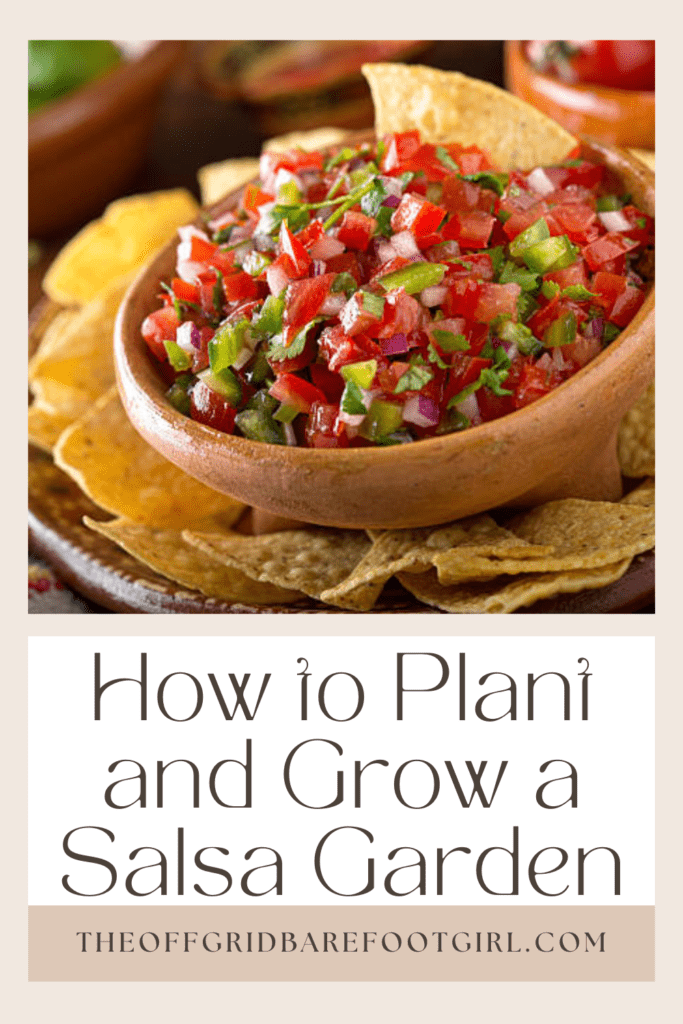
Introduction to Salsa Gardening
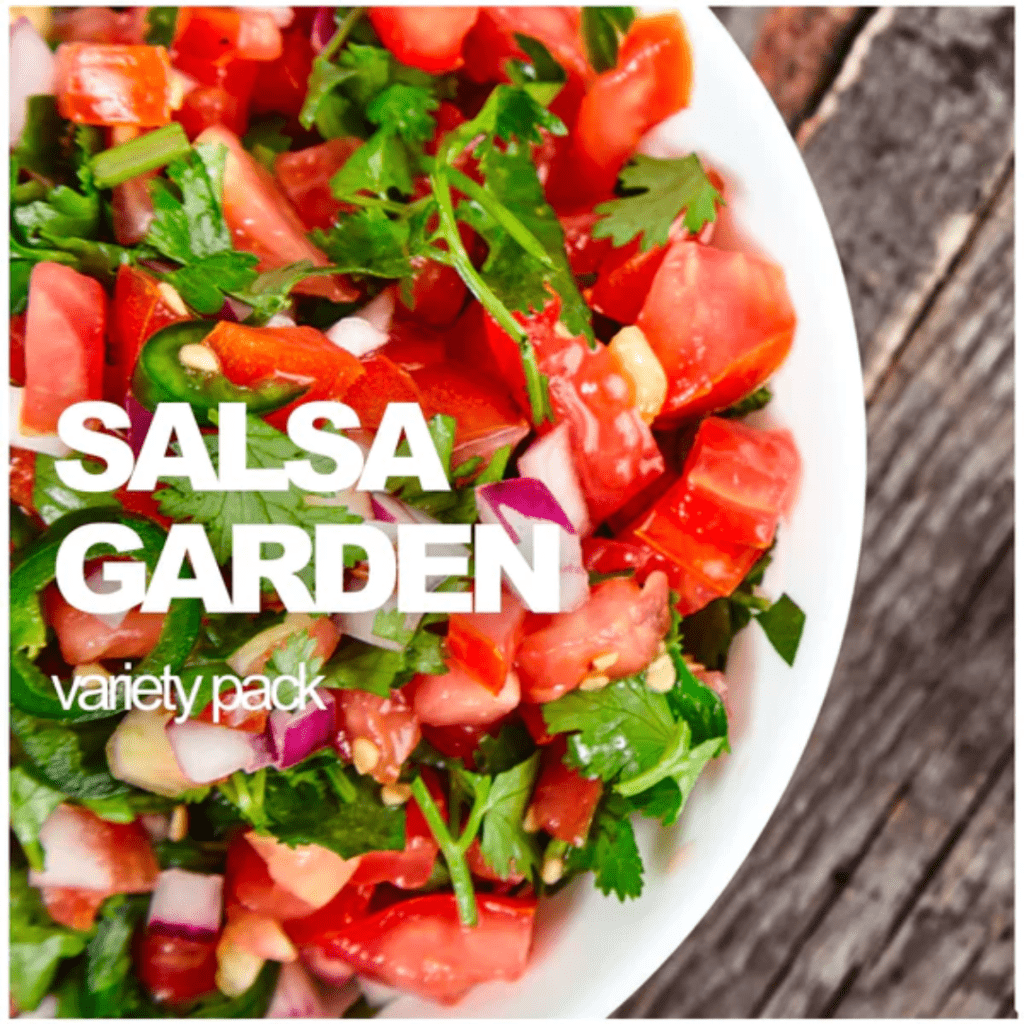
What Is Salsa Gardening?
Salsa gardening is like having a fiesta in your backyard! It’s the art of growing all the delicious ingredients you need to make homemade salsa from scratch. No more relying on store-bought jars that never quite hit the mark. With a salsa garden, you’ll have fresh, flavorful tomatoes, spicy chili peppers, and all the other fixings right at your fingertips.
You can purchase the Salsa Garden Variety Pack that includes all of the vegetable seeds you need to create a stunning and delicious salsa garden!
The Benefits of Growing Your Own Salsa Garden
Why buy salsa when you can grow it yourself? Besides the obvious advantage of having a continuous supply of fresh salsa, growing your own salsa garden is a fun and rewarding experience. It allows you to control the quality and flavors of your ingredients, and it’s a great way to get in touch with nature and bring a little taste of zest to your home.
Why I Love Growing a Salsa Garden
I absolutely adore growing a salsa garden, and let me tell you why! Firstly, the satisfaction of plucking vibrant red tomatoes straight off the vine is indescribable. The smell that fills the air as I slice into a ripe tomato and mix it with freshly chopped spicy jalapenos, perfectly balanced cilantro leaves, zesty lime juice, and pungent garlic from my own garden is pure bliss. There’s something incredibly fulfilling about transforming these humble ingredients into a tangy, flavorful salsa that packs a punch.
Plus, nothing compares to the joy of sharing my homemade salsa with friends and family during summer gatherings or simply enjoying it on taco nights at home. Growing a salsa garden not only allows me to enjoy delicious, organic produce but also nurtures my connection with nature. It brings me closer to understanding the origins of the food I consume while offering an opportunity for relaxation and stress relief as I tend to my plants with love and care.
Choosing the Ideal Location for Your Salsa Garden
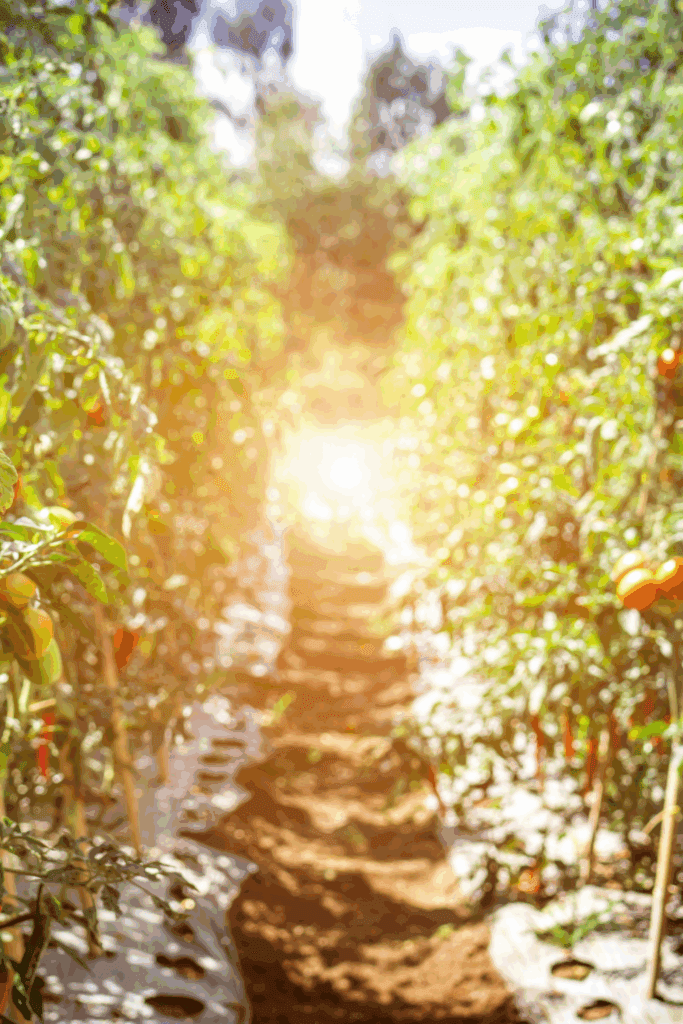
Assessing Sunlight Requirements
Like humans, plants also enjoy a good dose of sunshine. When choosing a location for your salsa garden, make sure it gets at least six to eight hours of direct sunlight each day. So, find that sunny spot where plants can soak up the rays and thrive.
Considering Soil Conditions
Plants are pretty particular about their living arrangements, especially when it comes to soil. While salsa-loving plants aren’t too demanding, they prefer well-drained soil that’s rich in organic matter. So, loosen up that soil and make it a cozy home for your salsa ingredients.
Utilizing Available Space Efficiently
Even if you’re limited on space, you can still salsa garden like a pro. Get creative with containers, hanging baskets, or even vertical gardening to maximize your growing area. Remember, salsa gardens can adapt to any space, whether it’s a spacious backyard or a tiny balcony. Every salsa garden deserves a chance to shine!
Selecting the Best Salsa Garden Plants
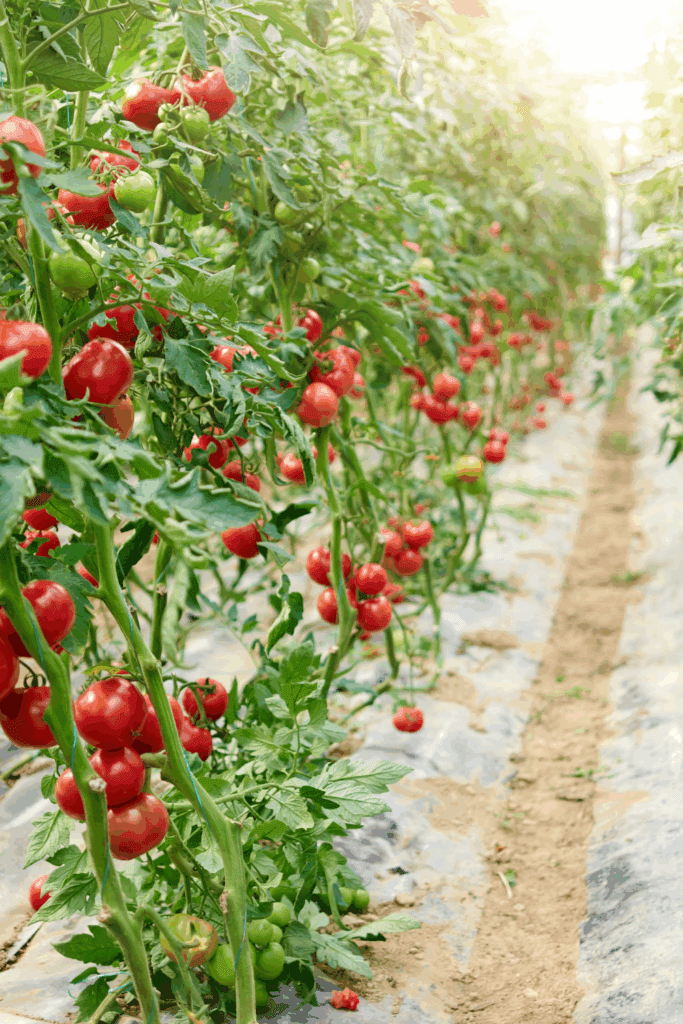
Popular Tomato Varieties for Salsa
Tomatoes are the backbone of any great salsa, so choose varieties that are juicy and bursting with flavor. Some popular choices for salsa gardens include Roma, San Marzano, and cherry tomatoes. They’ll add that perfect balance of sweetness and acidity to your salsa creations.
Choosing the Right Chili Peppers
What’s salsa without some heat? Jalapenos, serranos, and habaneros are all great options for spicing up your salsa. If you prefer a milder version, opt for Anaheim or poblano peppers. Go as mild or as fiery as your taste buds can handle, just remember to wear gloves when handling those scorching chilies!
Additional Ingredients: Onions, Cilantro, and Garlic
To complete the salsa dream team, you’ll need some deliciously fragrant onions, fresh cilantro, and zesty garlic. These ingredients add depth and complexity to your salsa, taking it from ordinary to extraordinary. Plus, they’re easy to grow and will give your salsa that authentic, homegrown taste.
Preparing the Soil for Salsa Gardening
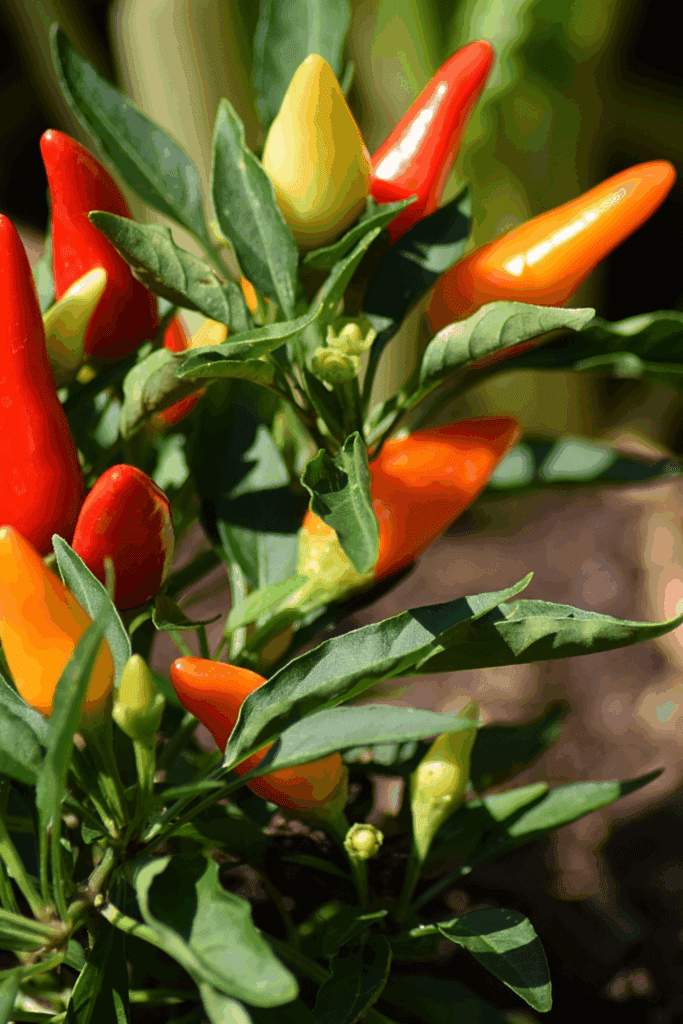
Testing and Amending the Soil
Before planting your salsa garden, it’s important to evaluate the quality of your soil. A simple soil test can help you determine if any amendments are needed. If the pH levels are off or the soil lacks nutrients, don’t fret! Just add some compost, organic matter, or fertilizer to give your plants the best start.
Removing Weeds and Debris
Weeds are like party crashers who want to steal the spotlight from your salsa plants. Show them who’s boss by clearing the area of any pesky weeds and debris. Pull them out or use a handy tool to make sure your salsa garden remains weed-free and thriving.
Creating Raised Beds or Containers
If you want to take your salsa garden to the next level, consider creating raised beds or using containers. This not only makes gardening more convenient but also helps with water drainage and pest control. Plus, it gives your garden that extra oomph and makes it look like a professional salsa-growing haven.
Planting and Caring for Your Salsa Garden
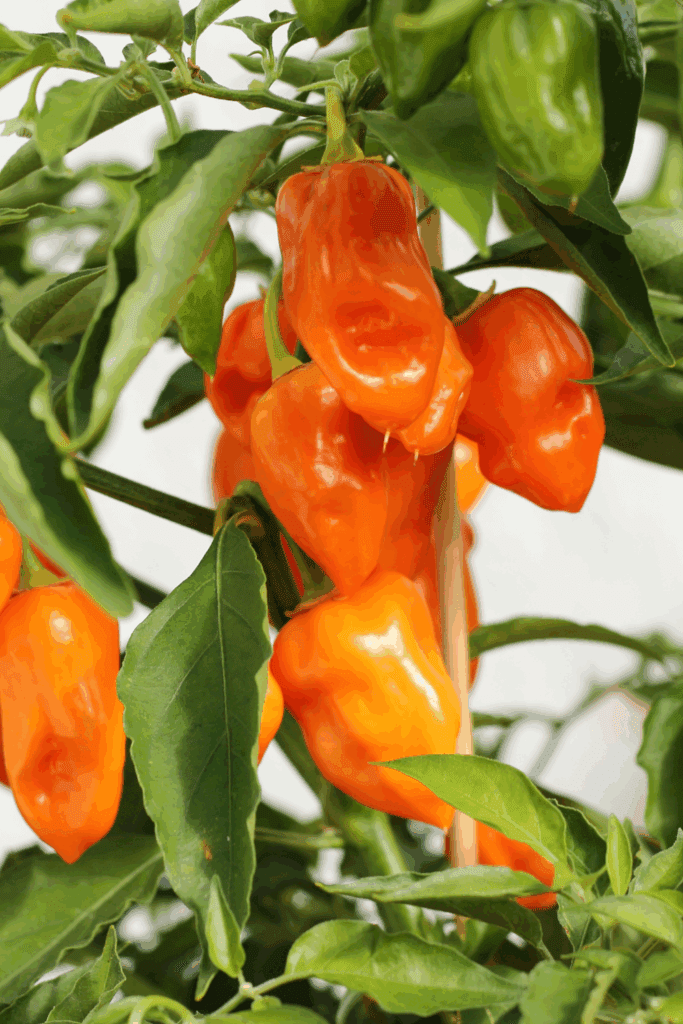
Starting Seeds Indoors or Purchasing Seedlings
You have two options: Starting your seeds indoors or purchasing seedlings. Starting seeds indoors gives you more control and can be quite rewarding, but let’s be real, it requires some time and effort. If you’re feeling a little lazy (I won’t judge), buying seedlings is a great shortcut. Just make sure to choose healthy-looking ones!
Proper Spacing and Planting Techniques
You don’t want your salsa garden to resemble a mosh pit, right? It’s important to give your plants some breathing room. Tomato plants need about 2-3 feet of space between them, while peppers and herbs can thrive with about 1-2 feet of space. Dig a hole big enough to accommodate the plant’s root ball, gently place it in, and pat the soil around it. Voila! Your little salsa superstars have their own VIP sections!
Watering, Fertilizing, and Mulching
Your salsa garden needs some hydration, just like you after a spicy bowl of salsa. Water your plants consistently, keeping the soil evenly moist. Avoid overwatering, though, as soggy roots are no fun for anyone. Fertilizing is like giving your plants a vitamin boost. Use a balanced fertilizer every few weeks to keep them happy and healthy. And don’t forget to mulch! Mulching helps retain moisture, prevent weeds, and keep your garden looking sharp. Plus, it makes you feel like a real horticultural master!
Harvesting and Preserving Your Salsa Garden Produce
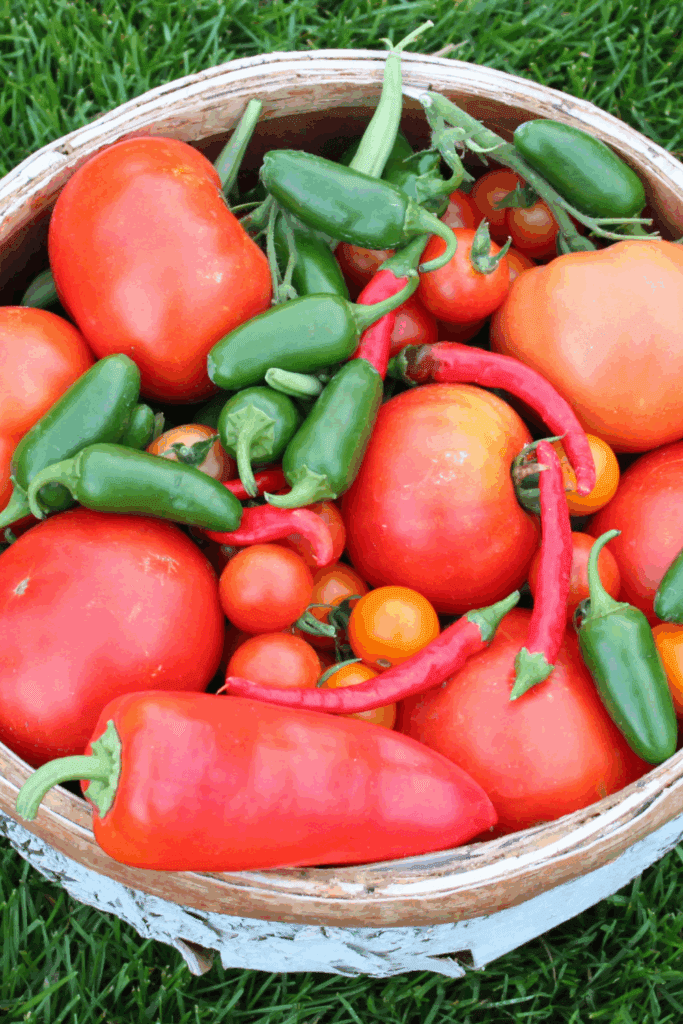
Knowing When to Harvest Tomatoes and Peppers
Patience is a virtue, my friend. When it comes to harvesting tomatoes and peppers, it’s essential to wait until they reach their full ripeness for maximum flavor and quality. Tomatoes should be fully red (or yellow, depending on the variety) and slightly firm to the touch. Peppers, on the other hand, should have a vibrant color and a little bit of give when you gently squeeze them. Now you’re ready to salsa!
Harvesting and Storing Onions, Cilantro, and Garlic
Onions, cilantro, and garlic add that irresistible kick to your salsa. To harvest onions, wait until the tops start to yellow and fall over. Once harvested, let them dry in a cool, well-ventilated place before storing. Cilantro can be cut when the plant reaches about 6 inches in height. Harvest the outer leaves first, allowing the inner ones to continue growing. As for garlic, dig up the bulbs when the foliage turns yellow and dry them out before storing them.
Canning, Freezing, or Making Fresh Salsa
Now that you have an abundance of salsa garden produce, it’s time to preserve it for future enjoyment. You can make fresh salsa, which is great for immediate snacking, or get your canning skills on and create shelf-stable jars of salsa goodness. Another option is freezing your produce. Just chop them up, seal them in airtight bags, and pop them in the freezer. Your future self will thank you when you’re craving a taste of summer in the dead of winter.
Salsa Garden Troubleshooting and Common Pests
Identifying and Treating Common Plant Diseases
Uh-oh, it’s not all sunshine and salsa parties in the garden! Sometimes, pesky plant diseases can try to sabotage your salsa dreams. Keep an eye out for signs of diseases like powdery mildew or blight. If you spot something funky, consult your local gardening expert or use a reputable resource to identify the disease and find the best treatment. Ain’t no disease gonna ruin your salsa fiesta!
Dealing with Pests Such as Aphids and Slugs
Just when you thought you were safe from diseases, here come the pests. Aphids, slugs, and their creepy-crawly friends can wreak havoc on your salsa garden. But fear not! There are plenty of natural pest control methods to fight back. Try companion planting (where certain plants repel pests), using homemade insecticidal soap, or even releasing beneficial insects like ladybugs to feast on those garden intruders. You’ve got this, salsa warrior!
Natural Pest Control Methods for a Salsa Garden
Ah, the sweet taste of victory over pests! Besides the aforementioned methods, there are other natural ways to keep your salsa garden pest-free. For example, try placing crushed eggshells around your plants to deter slugs and snails. You can also use organic pesticides made from ingredients like neem oil or Diatomaceous Earth. Just remember to read the instructions and use them responsibly. Safe and salsa-worthy – that’s how we roll.
Enjoying the Fruits of Your Salsa Garden
Recipes and Creative Ways to Use Salsa Garden Produce
Congratulations, salsa gardener extraordinaire! Now, it’s time to put all that hard-earned produce to good use. Whip up some fresh salsa with your juicy tomatoes, hot peppers, zesty onions, and fragrant cilantro. Add a dash of garlic and a squeeze of lime, and you’ve got yourself a fiesta in a bowl. But why stop there? Get creative! Experiment with salsa-infused recipes like salsa verde enchiladas or mango salsa-topped fish tacos. The possibilities are endless!
Sharing Your Harvest with Friends and Family
Part of the joy of gardening is sharing the fruits (or veggies) of your labor with loved ones. Invite your friends and family over for a salsa-tasting party. Let them experience the deliciousness that can only come from homegrown produce. Share your secret gardening tips and revel in the satisfaction of seeing their faces light up with salsa-induced happiness. You’re not just a salsa gardener; you’re a salsa ambassador!
Planning for Future Salsa Gardening Success
As the salsa season comes to a close, it’s time to start planning for next year’s salsa extravaganza. Take note of what worked and what didn’t in your garden. Consider rotating your crops to prevent disease buildup. Save seeds from your best tomatoes and peppers to use for next year’s planting. And most importantly, keep that salsa spirit alive! Before you know it, you’ll be back in the garden, salsa-ing your way to salsa greatness. Olé!
Conclusion
In conclusion, growing a salsa garden is a wonderful way to bring the vibrant flavors of homemade salsa right to your table. With careful planning, proper care, and a little bit of patience, you can cultivate a thriving garden full of fresh and flavorful ingredients. Whether you’re a seasoned gardener or just starting out, the satisfaction of harvesting your own tomatoes, chili peppers, onions, cilantro, and garlic will make every step worth it. So, grab your gardening tools, get your hands dirty, and enjoy the incredible taste of salsa made from your very own garden. Happy salsa gardening!
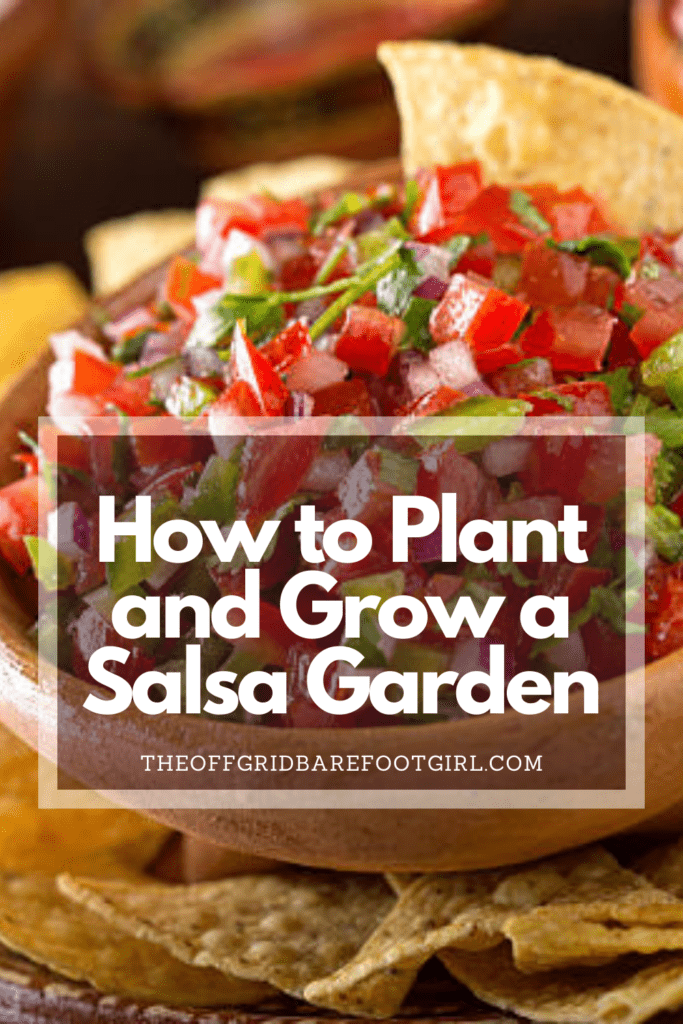
Frequently Asked Questions
1. How much space do I need for a salsa garden?
The space required for a salsa garden depends on the number of plants you wish to grow. However, as a general guideline, each tomato plant typically needs about 2 feet of space, chili peppers require around 1 foot of space, and onions can be planted around 4-6 inches apart. Consider the growth habits of the plants and ensure they have enough room to spread out.
2. Can I grow a salsa garden in containers?
Absolutely! Salsa garden plants can be grown successfully in containers, making it an excellent option for those with limited space or without a traditional garden area. Just make sure the containers are large enough to accommodate the mature size of the plants and provide adequate drainage. Use a high-quality potting mix and ensure the containers receive sufficient sunlight and regular watering.
3. How often should I water my salsa garden?
The watering frequency for your salsa garden will depend on various factors such as the weather, soil moisture levels, and plant needs. As a general rule, aim to keep the soil consistently moist, but not waterlogged. Check the moisture levels by inserting your finger into the soil and water whenever the top inch feels dry. During hot summer months, you may need to water more frequently to prevent drought stress.
4. What can I do to prevent pests from damaging my salsa garden?
To prevent pests from wreaking havoc on your salsa garden, it’s important to incorporate some pest management strategies. Consider using natural pest control methods such as companion planting, which involves growing plants that repel pests or attract beneficial insects. Additionally, practicing good garden hygiene by removing weeds, debris, and regularly inspecting plants for signs of pests can help in early detection and prevention. In some cases, you may also need to use organic insecticides or physical barriers to protect your plants.
Summary
I hope I have inspired you to plant and grow a salsa garden with these tips and products.
If you were encouraged by this post, I invite you to check out my FREE Printables Page for fun free printables, planners, and charts.
ENTER MY FREE Printables Page HERE
Here are some more of my composting and gardening inspiration posts to check out!
Easiest Heirloom Vegetable Seeds to Grow Now
How to Use the Hand Twist Claw Tiller: Tackling Tough Soil
Planning Your Garden: How to Plan a Vegetable Garden: Expert Green Thumb Tips!
Winterizing the Garden: How to Winterize Your Vegetable Garden: Step-by-Step Checklist
Mulching the Garden: How to Make Leaf Litter Mulch
Grow a Pumpkin Patch: How to Grow a Pumpkin Patch in Your Backyard
How to Win a Giant Pumpkin Contest
How to Grow a Fall Garden: 9 Best Fall Crops
Clever Ways to Incorporate Indoor Composting into Your Home
How to Start Composting for the Garden: A Step-by-Step Guide
The Ultimate Guide to Composting in Your Suburban Backyard
Why I Built A Survival Garden in My Backyard
How to Grow A Foodscape Garden From Scratch
16 Best Medicinal Herbs to Grow in Your Garden Now
Blessings,
The Off Grid Barefoot Girl




